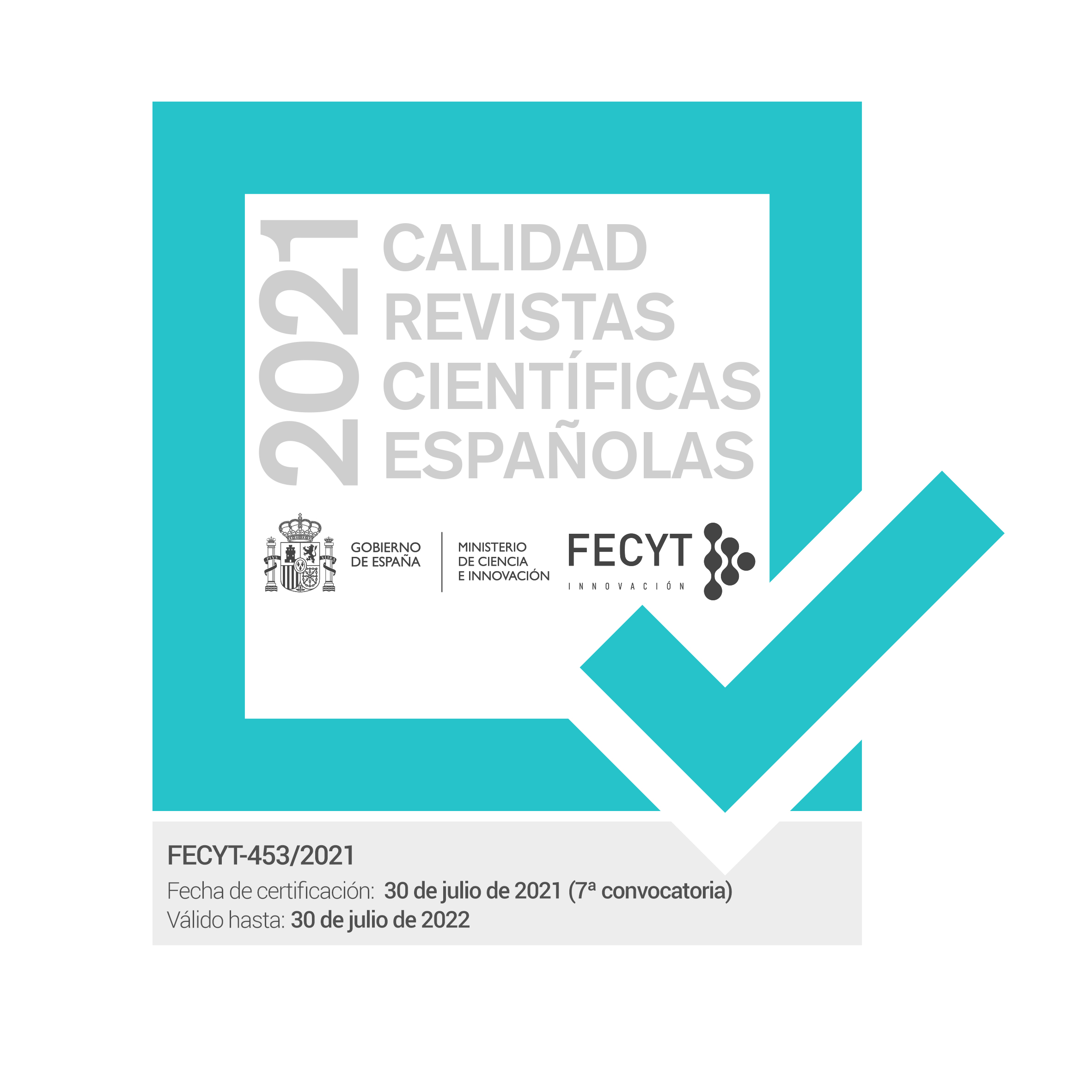Paul Auster’s postmodern characters: a relativistic/referential dichotomy
DOI:
https://doi.org/10.18172/cif.4959Keywords:
Paul Auster, postmodern fiction, American transcendentalism, Ludwig Wittgenstein, Ralph Waldo Emerson, Henry David ThoreauAbstract
Paul Auster is one of the most widely studied postmodern authors and his novels have been extensively used as paradigmatic examples of the fiction of this movement. In the light of the recent theoretical debate about the passing of postmodernism, it seems fundamental to explore the way in which Auster conceives the nature of this paradigm, the problems it arises and their possible solutions. The aim of this article is to analyse two recurring types of characters from the Austerian universe that represent two great sources of influence on the novelist: Ludwig Wittgenstein’s philosophy and the ideas from American transcendentalism.Downloads
References
ACOSTA BUSTAMANTE, L. 2010. “Don Quixote in the American Imagination: The Reappropriation of the Icon in Auster’s The City of Glass”. In Don Quijote y la narrativa posmoderna. Ed. M. Juliá. Cádiz: Servicio de Publicaciones de la Universidad de Cádiz. 101-115.
AUSTER, P. 2004a (1985). City of Glass. In The New York Trilogy. London: Faber & Faber. 1-133.
AUSTER, P. 2004b (1986). Ghosts. In The New York Trilogy. London: Faber & Faber. 137-198.
AUSTER, P. 1993. Leviathan. London: Faber & Faber.
AUSTER, P. 2004c (1989). Moon Palace. London: Faber & Faber.
AUSTER, P. 2013. Report from the Interior. London: Faber & Faber.
AUSTER, P. 2010. Sunset Park. London: Faber & Faber.
AUSTER, P. 2006 (2005). The Brooklyn Follies. London: Faber & Faber.
AUSTER, P. 2004d (1986). The Locked Room. In The New York Trilogy. London: Faber & Faber. 201-314.
AUSTER, P. 2004e (1987). The New York Trilogy. London: Faber & Faber.
BENJAMIN, P. 1982. Squeeze Play. New York, NY: Avon Books.
BERLIN, I. 2013 (1999). The Roots of Romanticism. New Jersey, NJ: Princeton University Press.
BOXALL, P. 2013. Twenty-First-Century Fiction: A Critical Introduction. Cambridge: Cambridge University Press. DOI: https://doi.org/10.1017/CBO9780511902727
CARLYLE, T. 1993 (1841). On Heroes, Hero-Worship, and the Heroic in History. Eds. M. K. Goldberg, J. J. Brattin and M. Engel. Oakland, CA: University of California Press.
EMERSON, R. W. 1998 (1836). Nature. In The Norton Anthology of American Literature (2 vols.). Eds. N. Baym et al. New York, NY: Norton. I: 1073-1101.
ESPEJO, R. 2014. “Coping with the Postmodern: Paul Auster’s New York Trilogy”. Journal of American Studies 48 (01), 147-171. https://doi.org/10.1017/S0021875813000698 DOI: https://doi.org/10.1017/S0021875813000698
HABERMAS, J. 1981. “Modernity Versus Postmodernity”. Trans. S. Ben-Habib. New German Critique 22: 3-14. DOI: https://doi.org/10.2307/487859
MARTIN, B. 2008. Paul Auster’s Postmodernity. London & New York: Routledge. DOI: https://doi.org/10.4324/9780203937518
SIMONETTI, P. 2011. “Loss, Ruins, War: Paul Auster’s Response to 9/11 and the ‘War on Terror’”. In The Invention of Illusions: International Perspectives on Paul Auster. Eds. S. Ciocia and J. A. González. Newcastle upon Tyne: Cambridge Scholars Publisher. 13-38.
THOREAU, H. D. 1998a (1849). “Resistance to Civil Government”. In The Norton Anthology of American Literature (2 vols.). Eds. N. Baym et al. New York, NY: Norton. I: 1752-1767.
THOREAU, H. D. 1998b (1854). Walden, or Life in the Woods. In The Norton Anthology of American Literature (2 vols.). Eds. N. Baym et al. New York, NY: Norton. I: 1768-1943. DOI: https://doi.org/10.5962/bhl.title.146169
VARVOGLI, A. 2001. The World that Is the Book: Paul Auster’s Fiction. Liverpool: Liverpool University Press. DOI: https://doi.org/10.5949/UPO9781846314469
VERMEULEN, T. and VAN DEN AKKER, R. 2010. “Notes on Metamodernism”. Journal of Aesthetics & Culture 2 (0). <https://www.tandfonline.com/doi/pdf/10.3402/jac.v2i0.5677?needAccess=true>. (Access 5 October 2020). DOI: https://doi.org/10.3402/jac.v2i0.5677
VILA-MATAS, E. 2012. Aire de Dylan. Barcelona: Seix Barral.
WITTGENSTEIN, L. 1986 (1953). Philosophical Investigations. Trans. G. E. M. Anscombe. Oxford: Blackwell.
WITTGENSTEIN, L. 2002 (1922). Tractatus Logico-Philosophicus. Trans. D. F. Pears and B. F. McGuinness. London: Routledge. DOI: https://doi.org/10.4324/9780203010341
Downloads
Published
How to Cite
Issue
Section
License
The authors retain copyright of articles and authorize CIF the first publication. They are free to share and redistribute the article without obtaining permission from the publisher as long as they give appropriate credit to the editor and the journal.
Self-archiving is allowed too. In fact, it is recommendable to deposit a PDF version of the paper in academic and/or institutional repositories.
It is recommended to include the DOI number.
This journal is licensed under a Creative Commons Attribution 4.0 International License








